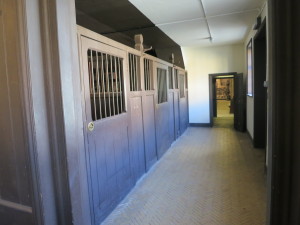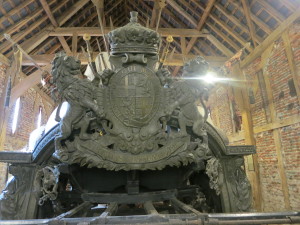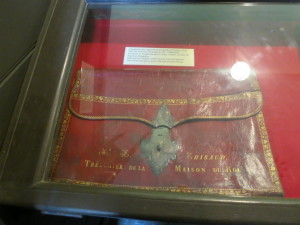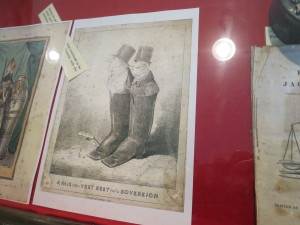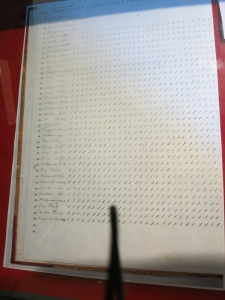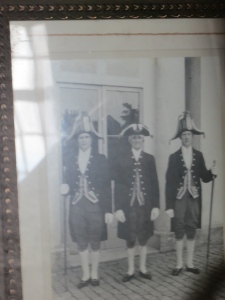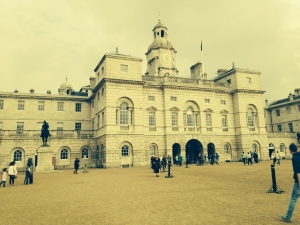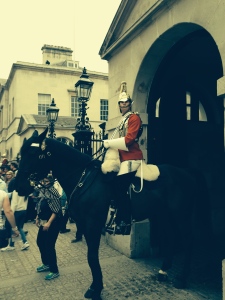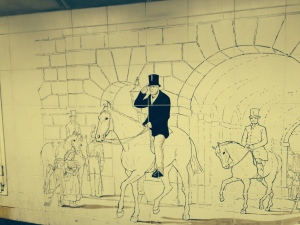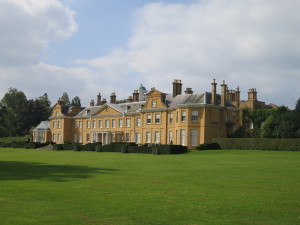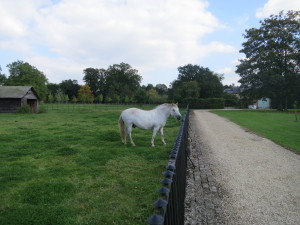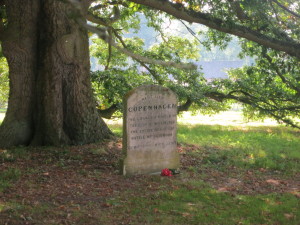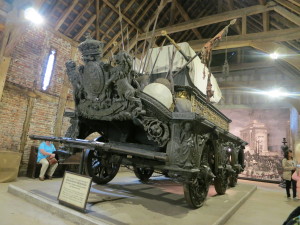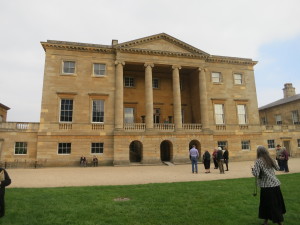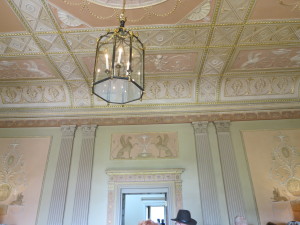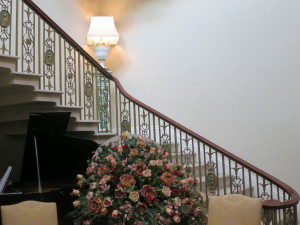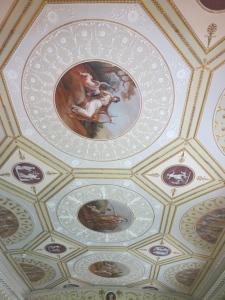This weekend I attended the New Jersey Romance Writers Put Your Heart In A Book annual conference. My A Marriage of Notoriety was a finalist for their Golden Leaf contest. Alas, it did not win. That honor went to Caroline Linden for Love and Other Scandals.
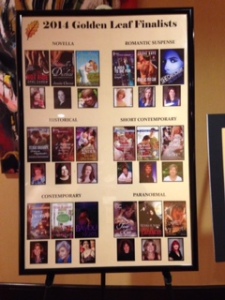
But it was a great consolation to me that I had two of the Risky Regencies at my side to console me. Elena and Gail and I got to spend a little bit of time together and that was really wonderful. Here’s our selfie as proof:

On Sunday after the conference I went into the City (New York City, of course) to the Metropolitan Museum of Art and gazed upon some familiar and loved paintings of “our” era (well, a little before our era), like this 1790 Thomas Lawrence of Elizabeth Farren, the Irish actress who later became the Countess of Derby.
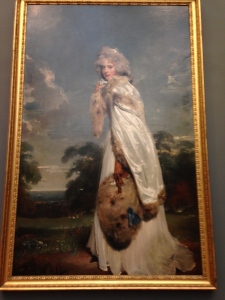
But I also saw some new-to-me portraits.
Sir Joshua Reynolds’ portrait (1766) of The Honorable Henry Fane, Inigo Jones, and Charles Blair.
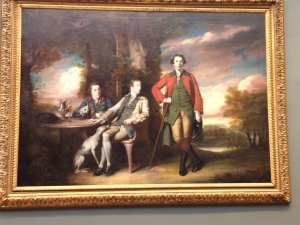
The Inigo Jones of this portrait (left) is a descendent and namesake of the celebrated architect of the same name.
Henry Fane (center) (1739-1802) was the second son of the 8th Earl of Westmorland and was once describes as “very idle and careless and spending much timie in the country”–with friends like Charles and Inigo, I wonder? He became a MP for Lyme Regis, the family’s rotten borough. He married the daughter of a banker and had 14 children!
Charles Blair (right) is Fane’s brother-in-law, about whom there is nothing in Wikipedia (even I appear in Wikipedia). To me, he is the most prominent figure in the portrait.
Another portrait I’d not seen before was this Henry Raeburn portrait of George Harley Drummond.

Drummond’s life reads like a character from a Regency novel…and I don’t mean the hero! He was born into a banking family but was orphaned at the age of five and brought up by relatives. His father was a terrible spendthrift and gambler and left his son with huge debts, but those banking relatives managed to build up the fortune again by the time Drummond reached his majority. He turned out, though, to be just as reckless as his father. The relatives, recognizing this, did not let him become a partner in the bank, although he received an income from it. He made a hasty marriage, built a castle he couldn’t afford, and became an MP for two terms. In 1820 his debts caught up with him. (He was said to have lost £20,000 to Beau Brummmell in one session at White’s). He deserted his wife and ran off with the wife of a Navy captain. Ultimately he fled his creditors and escaped to Ireland where he lived the rest of his life.
This painting, though, was more renowned because of its depiction of the grazing horse. To paint the horse in this position was a very difficult endeavor. No one knows why Raeburn painted the horse with its hindquarters so prominent, but I think the artist might have been trying to say that the subject of the portrait was a horse’s ass.
The painting does show a gentleman’s clothes in great detail, though.
All in all I had a wonderful weekend! Risky Regencies, fellow writers, famous paintings and a horse’s ass!
How was your weekend?
